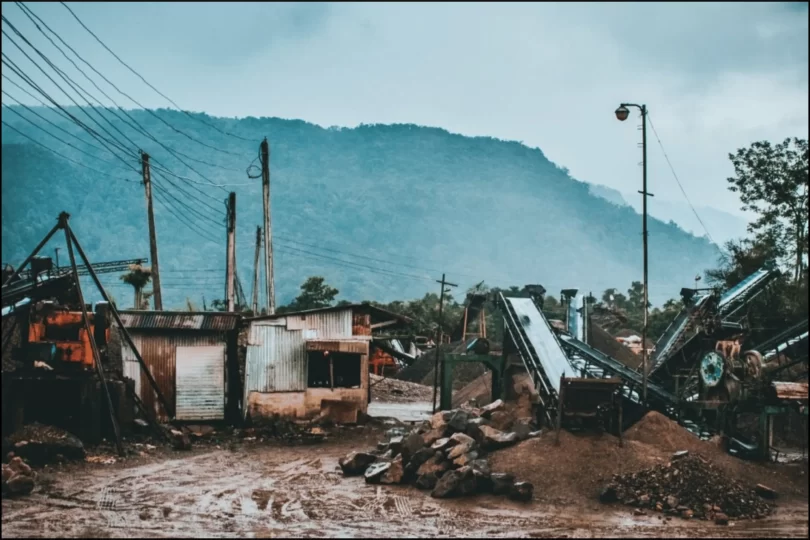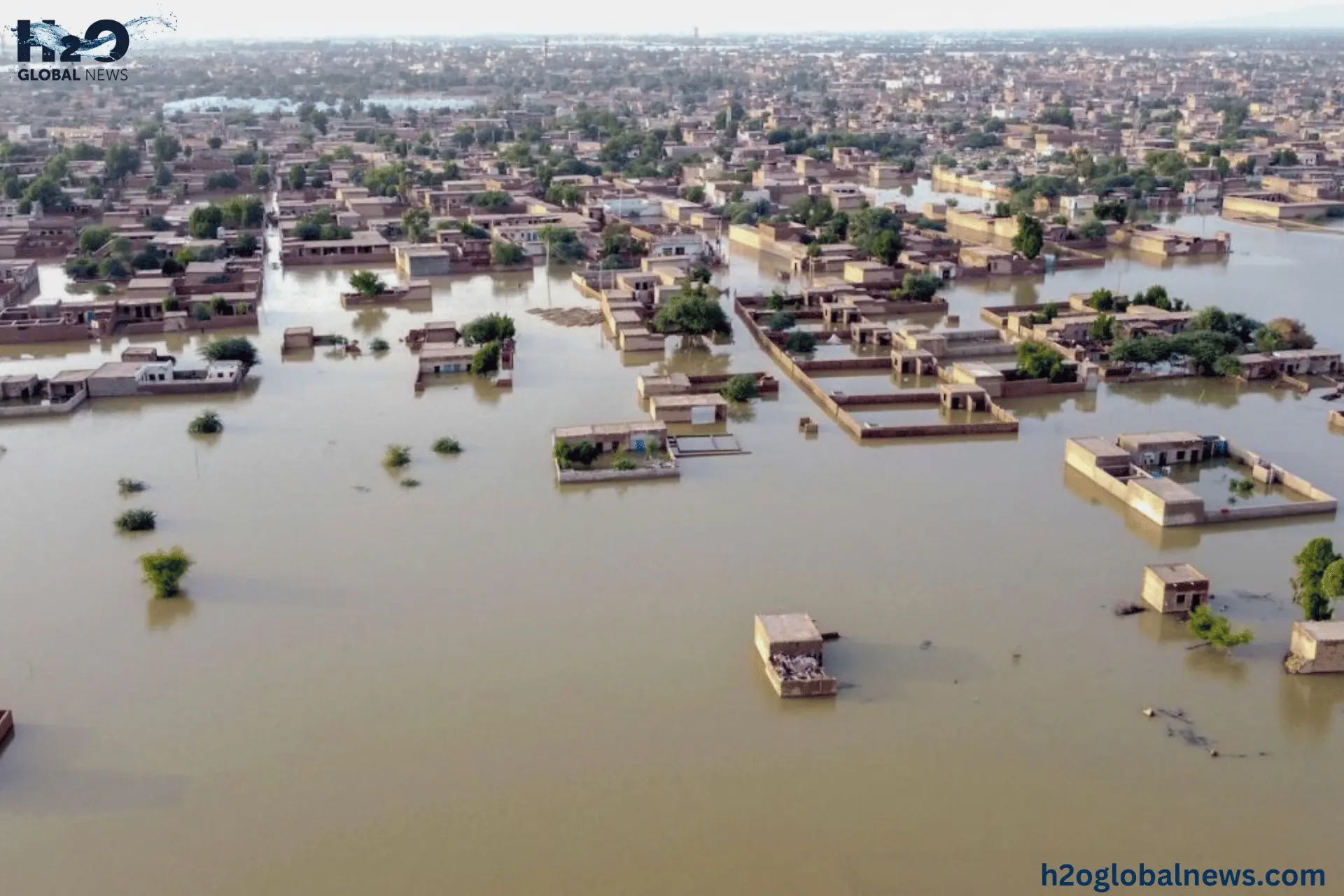Pakistan has long been vulnerable to natural disasters, particularly devastating floods, which have wreaked havoc on lives, infrastructure, and the economy. The reality behind these recurring floods, however, highlights not just the wrath of nature but also significant governance failures, corruption, and inadequate infrastructure. The government failed to protect citizens through mismanagement, neglect, and the prioritization of military funding over disaster preparedness; we’ll explore the causes, consequences, and critical role of government neglect in exacerbating the impact of floods in Pakistan.
How Bad are Pakistan Floods?
The floods that have devastated Pakistan are monumental in scale. Official government estimates report that the floods have affected over 33 million people, nearly 15% of the country’s population. The floods have claimed over 1,600 lives and destroyed more than 1.4 million homes. Experts estimate that the total cost of the disaster by Floods is well over $40 billion.
The floods were caused by record monsoon water and overflowing rivers, leading to widespread devastation across the country. Vast areas of farmland have been inundated, with crops and livestock destroyed. Many roads and bridges have been washed away, hampering relief efforts. Diseases like cholera, malaria, and dengue fever threaten to exacerbate the crisis.
These floods dwarfed the 2010 Pakistan floods, already considered the worst in history. They signify a pattern of increasingly extreme weather events that pose catastrophic risks. The effects will reverberate for years as people struggle to rebuild their lives.
For Pakistan, a developing country with limited resources, the challenge of recovering from a disaster of this magnitude is monumental. The government’s slow and inadequate response has led to accusations of indifference and mismanagement. International aid has been slow, leaving millions of displaced victims without necessities like food, shelter, and clean water for days.
Causes of Devastating Floods in Pakistan
1. Climate Change & Extreme Weather
Climate change is making floods more frequent and intense in Pakistan. Rising temperatures have hastened glacier melting in the Himalayas, forcing rivers such as the Indus to rise. The risk of floods is exacerbated by unpredictable monsoons, which bring torrential downpours over short periods.
2. Deforestation and Poor Land Management
Unchecked deforestation in river catchment areas and hills lowers the land’s ability to absorb water, which increases surface runoff. Additionally, urban growth and riverbank encroachment aggravate flooding by restricting natural streams.
3. Inadequate infrastructure
Pakistan’s infrastructure needs to be equipped to handle floods. Many dams, barrages, and canals must be updated, poorly maintained, or incapable of handling increased water flow. For instance, insufficient storage capacity in reservoirs means excess water often leads to widespread flooding instead of being stored for agricultural or energy use.
Pakistan’s Corrupt Government and Mismanagement
1. Corruption and mismanagement
Corruption and inefficiency are to blame for a substantial share of Pakistan’s flood tragedies. Funds for flood protection and infrastructure development are frequently embezzled or underutilized. For example, foundations and flood barriers are regularly discovered to be poor due to contractors cutting shortcuts, putting communities at risk.
2. Poor urban planning
In cities like Karachi and Lahore, inadequate urban design has exacerbated flooding. Even mild rainfall causes urban floods due to encroaching on drainage lines, poor sewer systems, and clogged storm drains.
3. A lack of disaster preparedness
The administration needs to carry out comprehensive catastrophe preparedness measures. Warning systems must be included or more adequate, leaving communities unaware and unprepared for impending floods. Relief operations are frequently delayed or poorly organized, leading to unnecessary loss of life and property.
Consequences of Floods in Pakistan
1. Loss of life and livelihood
Floods in Pakistan have killed thousands of people and displaced millions. Entire communities lose their houses, crops, and cattle, forcing them into cycles of poverty.
2. Economic Impact
Flooding mainly damages the agriculture sector, which is the foundation of Pakistan’s economy. Flooding kills crops, depletes arable land, and disrupts supply systems. The damages total billions of dollars, straining an already shaky economy.
3. Health Crisis
Stagnant floodwaters frequently serve as breeding grounds for diseases such as malaria, dengue, and cholera, straining Pakistan’s already underfunded healthcare system.
4. Environmental Degradation.
Floods frequently cause soil erosion, the loss of productive land, and the polluting of freshwater sources. This exacerbates water scarcity in impacted areas.
Solutions to Address Floods and Government Failures
1. Investment in Infrastructure
Modernizing dams, barrages, and canals is critical. Pakistan must increase its water storage capacity and build substantial flood barriers to protect sensitive areas.
2. Afforestation and Sustainable Land Use
Large-scale tree planting programs and the enforcement of land-use rules can help absorb excess rainfall and prevent surface runoff.
3. Accountability and transparency
The government must prioritize transparency in fund distribution and use. Independent audits and severe anti-corruption penalties can limit resource misuse.
4. Improved Disaster Management
Installing modern flood warning systems and teaching local people in disaster preparedness can dramatically reduce losses. Relief activities must be well-coordinated and efficiently carried out.
5. Enlisting International Support
Pakistan should partner with global organizations to acquire financing, expertise, and technology to address flood-related challenges.
Conclusion
The government’s neglect and failures have laid bare as the floodwaters in Pakistan recede. Proper disaster management plans and infrastructure could have mitigated the immense suffering. While natural disasters are unavoidable, their impact is not. The government must make amends and prepare for the future. They owe it to the millions impacted to invest in disaster risk reduction, strengthen institutions, and safeguard the most vulnerable.
FAQs
1- What is the role of inadequate infrastructure in flood devastation?
Pakistan’s outdated dams, barrages, and drainage systems are insufficient to manage excess water during floods, leading to widespread destruction.
2- What steps can Pakistan take to reduce flood risks?
Pakistan should invest in modern infrastructure, improve disaster management, enforce afforestation, and ensure transparency in fund utilization to reduce flood risks effectively.
3- What is the economic impact of floods in Pakistan?
Floods damage crops, infrastructure, and homes, costing billions of dollars annually and severely impacting Pakistan’s agricultural and economic stability.
4- How can individuals help prevent flood damage?
Individuals can contribute by planting trees, avoiding construction in floodplains, and following government advisories during flood seasons.










